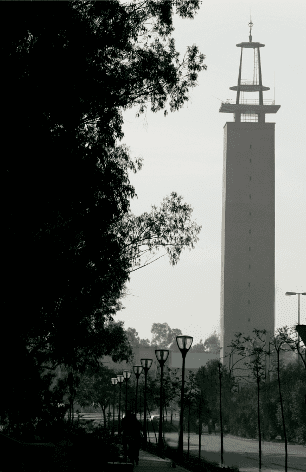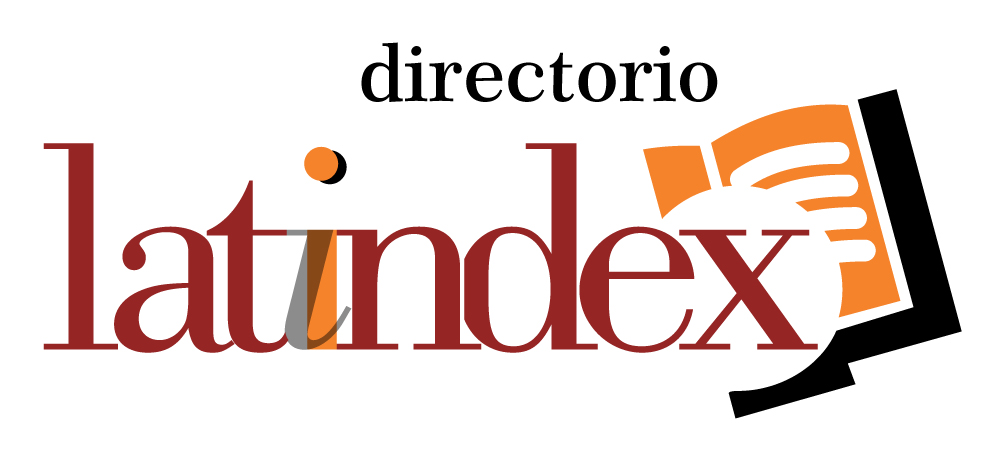Comportamento e adattamento in un'istituzione totale
Muri d'acqua, la vita in una prigione messicana senza sbarre
DOI:
https://doi.org/10.46661/respublica.11429Parole chiave:
Strategie di coping, Carcere, Subcultura carceraria, Territorialità, ViolenzaAbstract
In questo articolo cercheremo di riconoscere i principali bisogni dei detenuti e le strategie di coping che utilizzano durante la loro permanenza in questo carcere. Il corpus della ricerca è costituito da 30 interviste aperte semidirette (circa 45 ore registrate). Il lavoro sul campo è durato 11 mesi, di cui 5 in un campo di punizione in isolamento e insieme ai detenuti. I bisogni principali erano l'approvvigionamento di risorse e la sicurezza. La colonizzazione è stata la pratica di adattamento più frequente. Queste interazioni avvengono nel quadro della sottocultura carceraria. Finché non si risolvono le situazioni che generano conflitto: inibizione -> frustrazione -> aggressività e violenza; si favorisce la divisione tra i detenuti, la mancanza di cibo sufficiente, la mancanza di fonti di lavoro e la creazione di alternative congruenti con il Saper Passare il Tempo che porta alla strategia della Colonizzazione, le condizioni che generano violenza saranno mantenute. Uno studio etnologico di questa colonia penale non era mai stato condotto prima e i risultati si basano principalmente sul lavoro svolto sul campo. Valore. Sono stati utilizzati diagrammi di flusso per mettere in relazione le diverse strategie di coping osservate. Questi risultati possono essere applicabili ad altre carceri. Le strategie di coping dei detenuti tendono alla colonizzazione come forma di comportamento più comune, in quanto questa strategia è congruente con la sicurezza e l'approvvigionamento delle risorse, attraverso relazioni rilassate tra i detenuti e tra i detenuti e il personale.
Downloads
Riferimenti bibliografici
AXELROD, Robert. (1986), La evolución de la cooperación. El dilema del prisionero y la teoría de juegos. Alianza Universidad.
FOUCAULT, Michel, (1995). Vigilar y Castigar, nacimiento de la prisión. Siglo Veintiuno Editores.
GARCÍA GARCÍA, José, Luis, (1992). El uso del espacio: conductas y discursos, en J. A. Glez Alcantud y M. Glez de Molina (eds), La Tierra: mitos, ritos y realidades. Anthropos.
GENOVÉS TARAZAGA, Santiago. (1991). Expedición a la violencia. Fondo de Cultura Económica.
GOFFMAN, Erving, (1992). Internados. Amorrortu editores.
HAMES, Raymond., (2017). Game Conservation or Efficient Hunting?, In book: Evolutionary Perspectives on Environmental Problems (pp.54-66). https://doi.org/10.4324/9780203792650-4
HARREL, Bill Jack. (1997). The Question of the Commons. The Culture and Ecology of Communal Reources. In; Bonnie J. McCay and James M. Acheson, Eds. University of Arizona Press, Tucson. Arizona Studies in Human Ecology. Science. https://doi.org/10.1126/science.240.4855.1082
LICONA, Nelson & SEVILLA GONZÁLEZ, Maria de la Luz. (2021). Prison Subculture, Habitus and Adaptation; Tattooing in the Islas Marías, a Mexican Penal Colony. Advances in Anthropology. 11. 76-98. https://doi.org/10.4236/aa.2021.111007
LICONA, Nelson. (2021). Theory for the Study of Identity. Advances in Anthropology. 11. 13-24. https://doi.org/10.4236/aa.2021.111002
MC. CAY Bonnie & ACHESON James, M. (1997)The Question of the Commons: The Culture and Ecology of Communal Resources, Tucson, The University of Arizona Press, pp. 92-107. https://doi.org/10.1126/science.240.4855.1082
MARTÍNEZ ORTEGA, Judith, (1959). La Isla (y Tres Cuentos). 2a. ed. UNAM. Universidad Nacional Autónoma de México.
MARTÍNEZ VEIGA, Ubaldo, (1985). Cultura y adaptación. Anthropos.
MARX, Karl, (1981). El Capital, crítica de la economía política; Cap. XXXIX: "Primera Forma de la Renta Diferencial". Siglo veintiuno editores, (primera edición 1867).
REVUELTAS, José, (2013). Los Muros de agua. Ed. Biblioteca Era. (primera edición 1941).
SÁNCHEZ FERNÁNDEZ, Juan, Oliver. (1992). Ecología y estrategias sociales de los pescadores de Cudillero. Siglo XXI.
SHALINS, Marshall., (1987)La economía de la edad de piedra. Ed. Akal
##submission.downloads##
Pubblicato
Come citare
Fascicolo
Sezione
Licenza
Copyright (c) 2025 Nelson Eduardo Álvarez Licona, María de la Luz Sevilla González, Ricardo Álvarez Sevilla

Questo lavoro è fornito con la licenza Creative Commons Attribuzione - Non commerciale 4.0 Internazionale.




